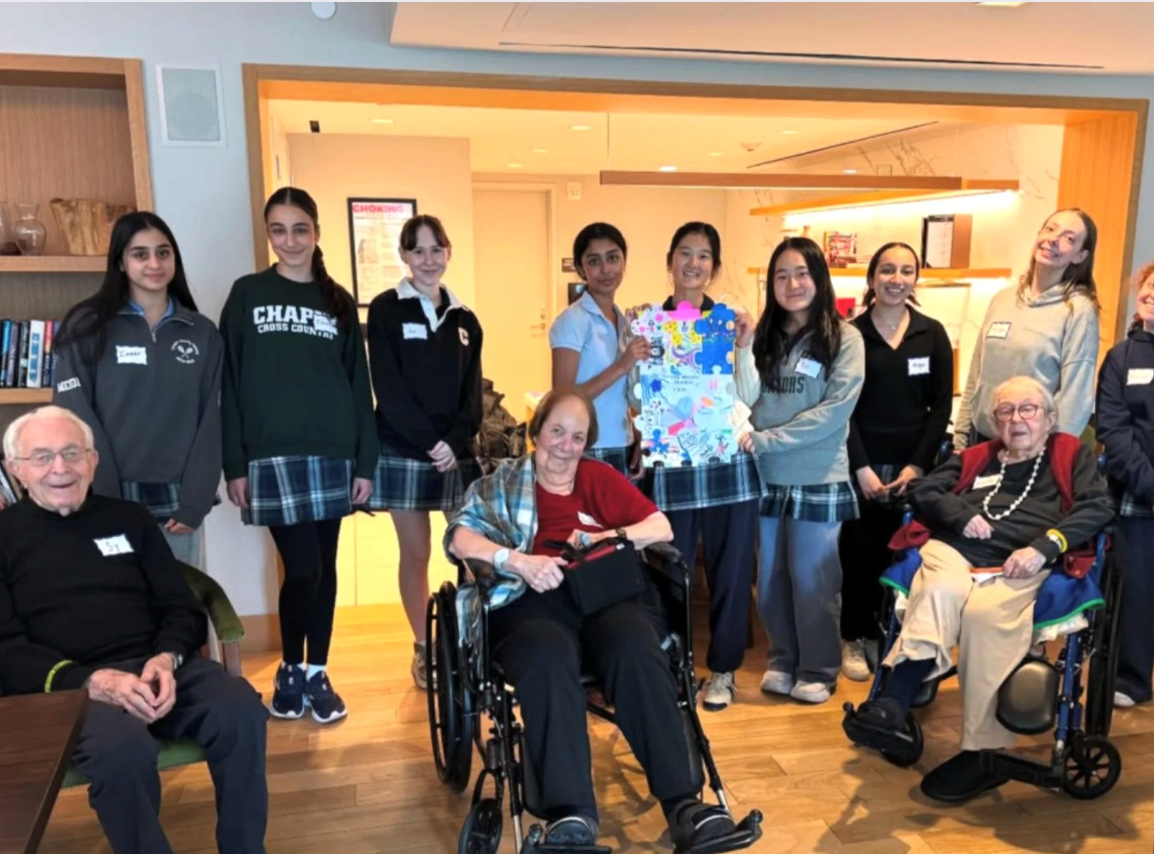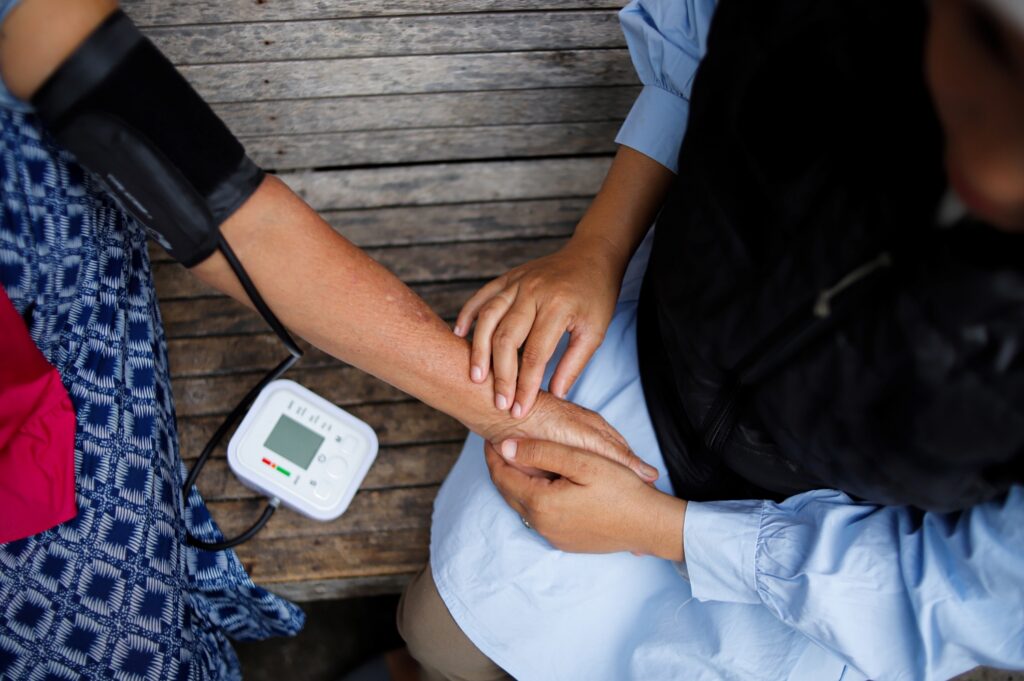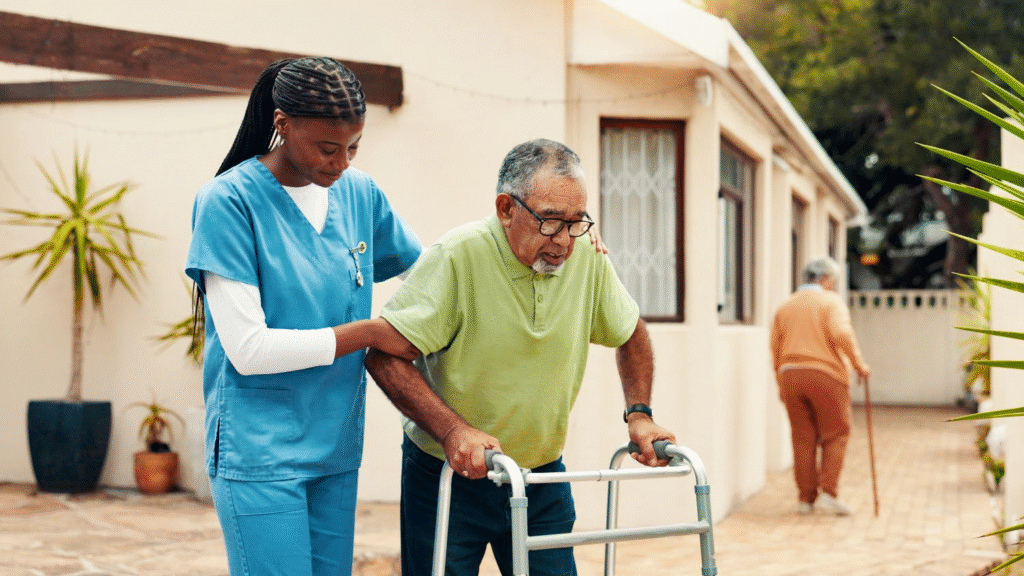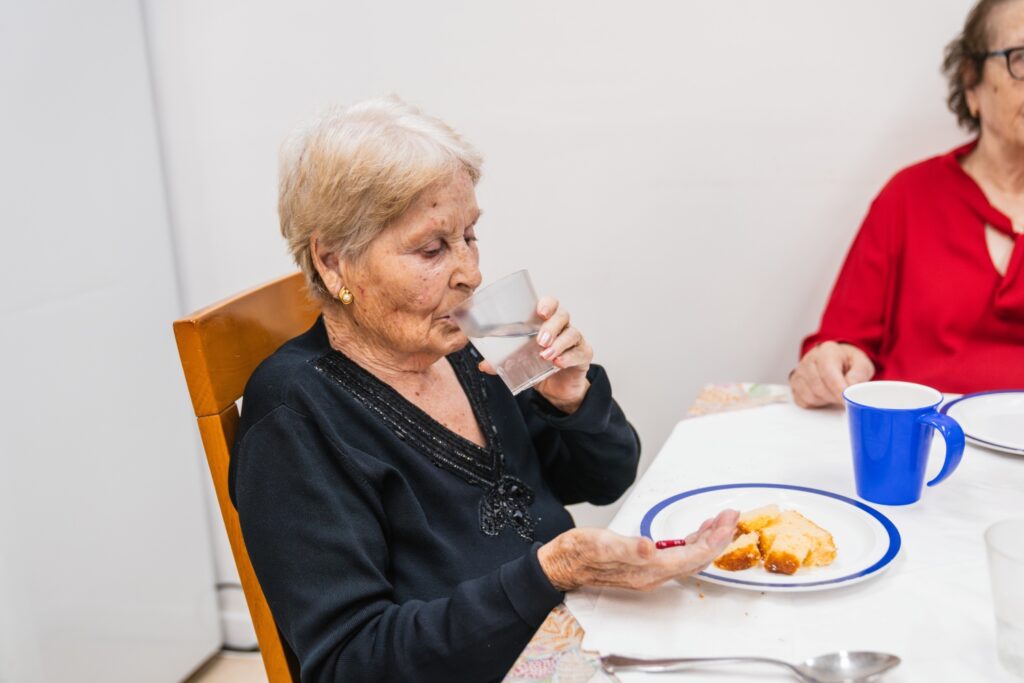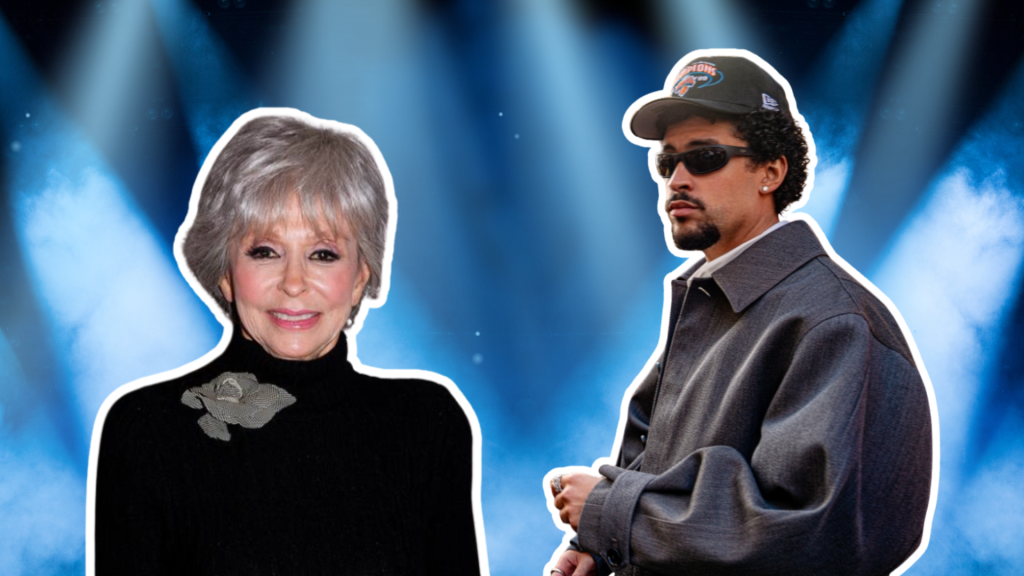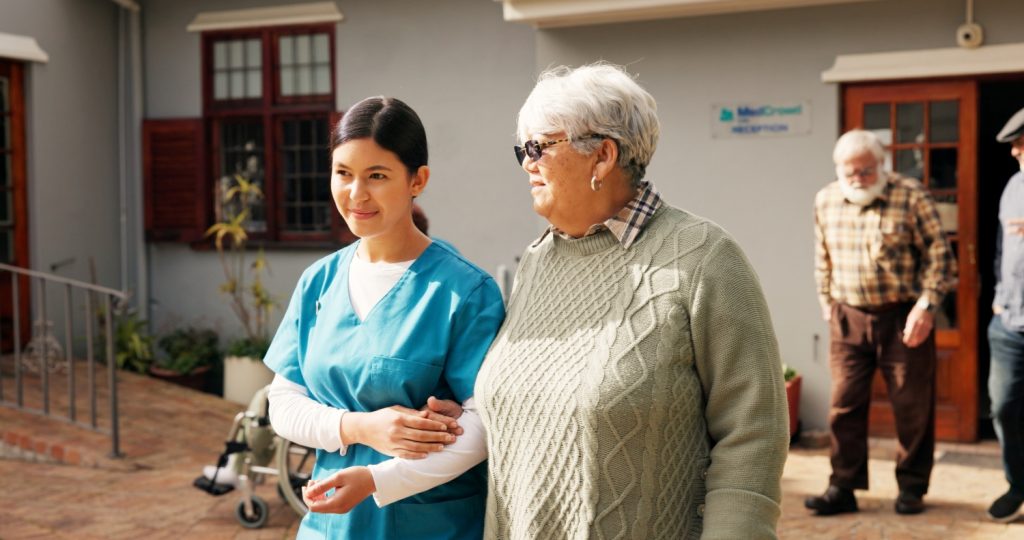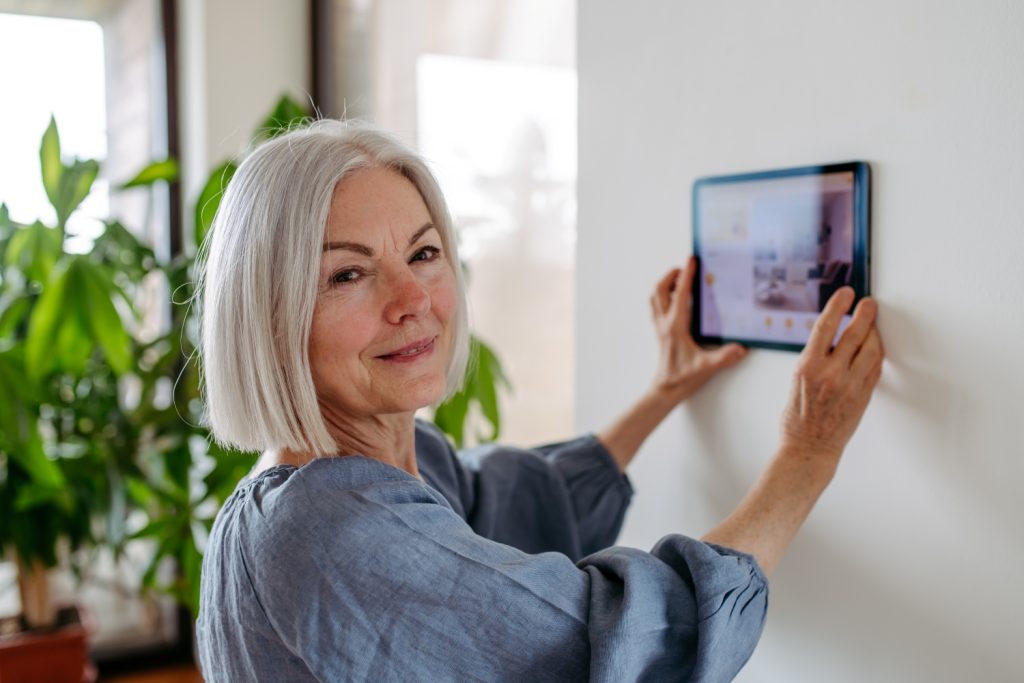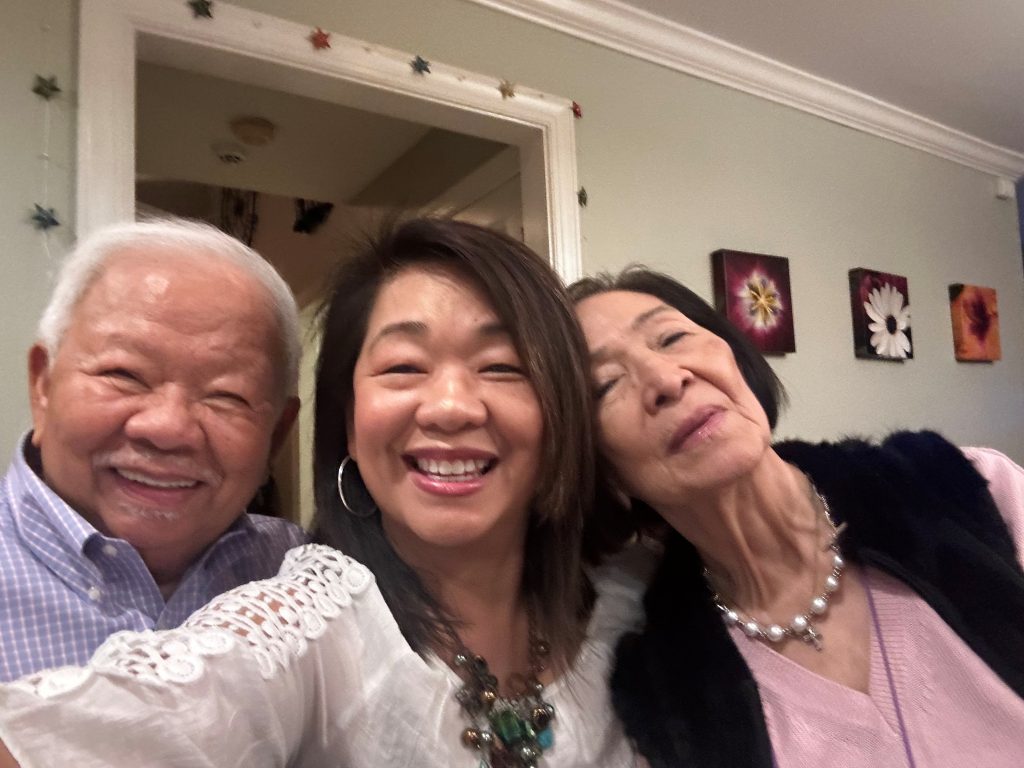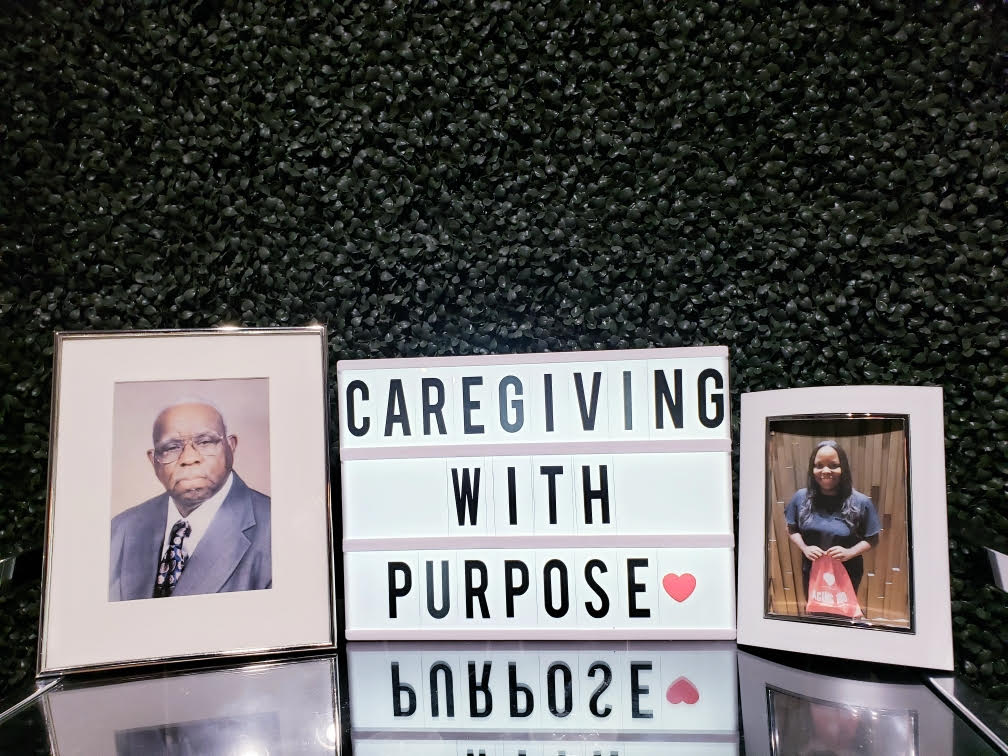When I first met Fran, I wasn’t sure how much she’d want—or be able—to participate in our program.
She sat quietly in the corner of the room, hunched in her chair, a little withdrawn. She looked tired, even a bit sad. The day’s activity featured live music and creating friendship bracelets out of beads, based on personal memories inspired by the songs played. It was an experiment in creative memory—connecting music with emotion, and emotion with storytelling.
At first, Fran didn’t respond when I asked her what the music made her think of—I wasn’t sure if she’d even heard me. So, I shared my story: I told her about my mom, one of the most joyful, loving people I know. I said I was choosing a pink bead because pink made me think of her energy and warmth.
Then I asked Fran if there were any beads she liked. She paused, then slowly began picking out several blue ones. When I asked why, she said, “My mother’s favorite color was blue. She had this sweater she always wore. I can still picture it.” Then, out of nowhere, she added, “And her favorite poem was ‘The Swing,’ by Robert Louis Stevenson,” and began reciting it from memory. Her voice was quiet, but steady, and the room went still.
That moment changed how I saw her—and all the residents. I realized they carry with them entire lifetimes of memories, connections, and stories that are still so alive beneath their surface impression of reticence. They just need the right kind of invitation to bring them forward.
In today’s rapidly aging world, loneliness is one of the most pressing and under-addressed threats to public health. Though many professionals working with older adults understand the risks of social isolation, it bears repeating: loneliness is not a benign emotional state. It has measurable and profound consequences for physical and cognitive well-being, particularly among older adults.
As older adults become more socially isolated—often living far from loved ones or in facilities with limited engagement—they face not only emotional hardship but also real biological risk. Chronic loneliness doesn’t just “feel bad”; it triggers stress responses in the brain that can accelerate aging and increase vulnerability to neurodegenerative disease.
From an evolutionary standpoint, human brains are wired for connection. For our early ancestors, isolation meant danger—and our bodies still respond that way. When we experience prolonged loneliness, the brain interprets it as a threat, releasing cortisol, the body’s primary stress hormone. Over time, elevated cortisol disrupts neural communication, reduces brain volume in key regions like the hippocampus, and promotes inflammation—a process strongly linked to the development of Alzheimer’s and other forms of dementia.
‘Research confirms what many have long intuited: social connection is a form of brain maintenance.’
Recent Studies have even shown that loneliness is associated with the accumulation of amyloid-beta and tau proteins, the biological hallmarks of Alzheimer’s disease. In one such study, psychiatrist Dr. Nancy Donovan used PET imaging alongside the UCLA Loneliness Scale and found that older adults with higher levels of these toxic proteins were 7.5 times more likely to report feeling lonely. Beyond these chemical changes, loneliness can also lead to behavioral shifts like increased sedentary time, disrupted sleep, depression, and even smoking, all of which further compound cognitive decline.
In contrast, social interaction has measurable protective effects. Consider the phenomenon of “Super Agers”: individuals over age 80 whose cognitive performance rivals that of people in their 50s or 60s, with slower brain atrophy, reduced cortisol levels, and robust cognitive resilience. According to recent research, Super Agers aren’t necessarily marathon runners or people on special diets. What unites them is a high level of social engagement: singing in choirs, volunteering, mentoring, and regularly engaging with their peers. As one researcher put it, they are unified by how they “prioritize and value social relationships.”
Yet, despite this mounting evidence, loneliness among older adults remains on the margins of health policy. Most communities still lack scalable, effective interventions to combat social isolation—leaving millions of elders vulnerable to its consequences. This emerging research confirms what many have long intuited: social connection is a form of brain maintenance. When we treat loneliness as a legitimate health risk—on par with smoking or inactivity—we open the door to new, preventive strategies in older adult care. It’s not a cure-all, but it is a modifiable risk factor—something we can do something about. That’s what inspired me to start The Melody Project.
Creating The Melody Project
In 2024, as a high school freshman and classically trained pianist, I was searching for a way to share my music beyond recital halls. I realized that residents in assisted living facilities—often isolated from loved ones and familiar routines—were the perfect audience. But I didn’t want to just perform. I wanted to connect with them. So, I created The Melody Project, a 501(c)(3) nonprofit that brings together high school musicians and older adults through concerts paired with interactive, arts-based programming. After each performance, older adults and students collaborate on a creative activity inspired by the music—reflecting on the emotions, memories and stories the pieces evoke.
The goal? To spark authentic conversation and rediscover joy through shared experiences.
We’ve found that music acts as a kind of neurological bridge, unlocking forgotten memories and creating space for storytelling, laughter, and even spontaneous friendships. After that first event, the impact was immediate. Residents asked when the students would return. They clutched drawings they’d made together. Since then, The Melody Project has expanded to four assisted living facilities across New York City, engaging more than 100 residents and dozens of student volunteers.
Why Intergenerational Engagement Works
Loneliness among older adults has received growing attention in recent years, but most interventions remain underfunded or underdeveloped. Programs like The Melody Project demonstrate the untapped potential of intergenerational connection as a therapeutic tool and a form of preventive care.
Social interaction isn’t a luxury—it’s a form of cognitive maintenance. For older adults, a single weekly visit or program can make a measurable difference in their mental and emotional health.
Scaling Solutions: From Grassroots to Policy
As promising as grassroots efforts like The Melody Project are, they can’t operate in a vacuum. If communities are serious about tackling loneliness as a public health threat, we need policy to reflect that urgency.
‘We’ve found that music acts as a kind of neurological bridge.’
In the U.K., the 2018 appointment of a Minister for Loneliness signaled a government-level commitment to addressing isolation as a systemic issue. Five years later, the initiative has funded programs, developed national strategies, and brought new attention to this once-overlooked public health issue.
In the United States, we need a similar commitment. Specifically, policymakers should:
- Fund intergenerational programming through federal and state grants, ensuring schools, nonprofits, and care facilities can collaborate without administrative or financial barriers.
- Incorporate social health metrics into Medicare and Medicaid reimbursement models so that facilities investing in relational care are financially supported and incentivized.
- Support research and evaluation, allowing organizations to track outcomes, identify best practices, and make the case for broader adoption.
- Promote public-private partnerships, encouraging collaboration between school districts, health systems, arts organizations, and elder care providers.
- Recognize loneliness as a modifiable risk factor for neurodegeneration, and reflect that recognition in national aging strategies, workforce training, and mental health funding.
Right now, most intergenerational programs remain one-offs that demonstrate high impact but are limited in scale. With strategic investment, they could become standard components of elder care.
Looking Forward
The Melody Project began with a piano and a willingness to show up. But its real success has come from the conversations, laughter, and shared moments that happen after the music ends.
We’re now developing a replicable model that other high schools can adopt—complete with training, templates, and guidelines for engagement in long-term care settings. The hope is to grow a nationwide network of young people working with older adults, not just performing for them, but connecting with them.
Because at the end of the day, connection isn’t solely a human need—it’s a form of care. And if we’re willing to treat it as such, we can transform aging from a crisis into a communal achievement.
Gemma Wang is a sophomore in high school at The Chapin School in New York City, and founder of The Melody Project, a nonprofit that connects high schoolers and nursing home residents through music and shared connection.
Photo caption: Gemma Wang, in the center of the three girls holding the puzzle piece tapestry to the right of the woman in the wheelchair, with other participants in the Melody Project.
Photo credit: Courtesy Gemma Wang and The Melody Project.

